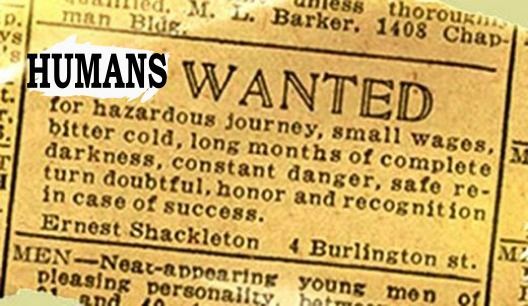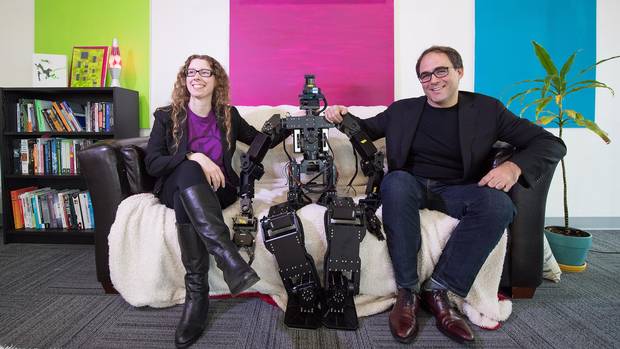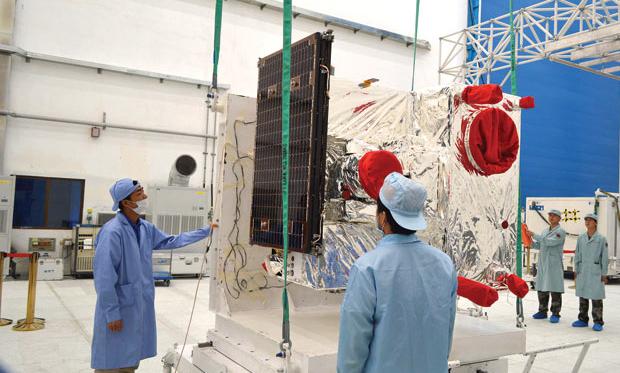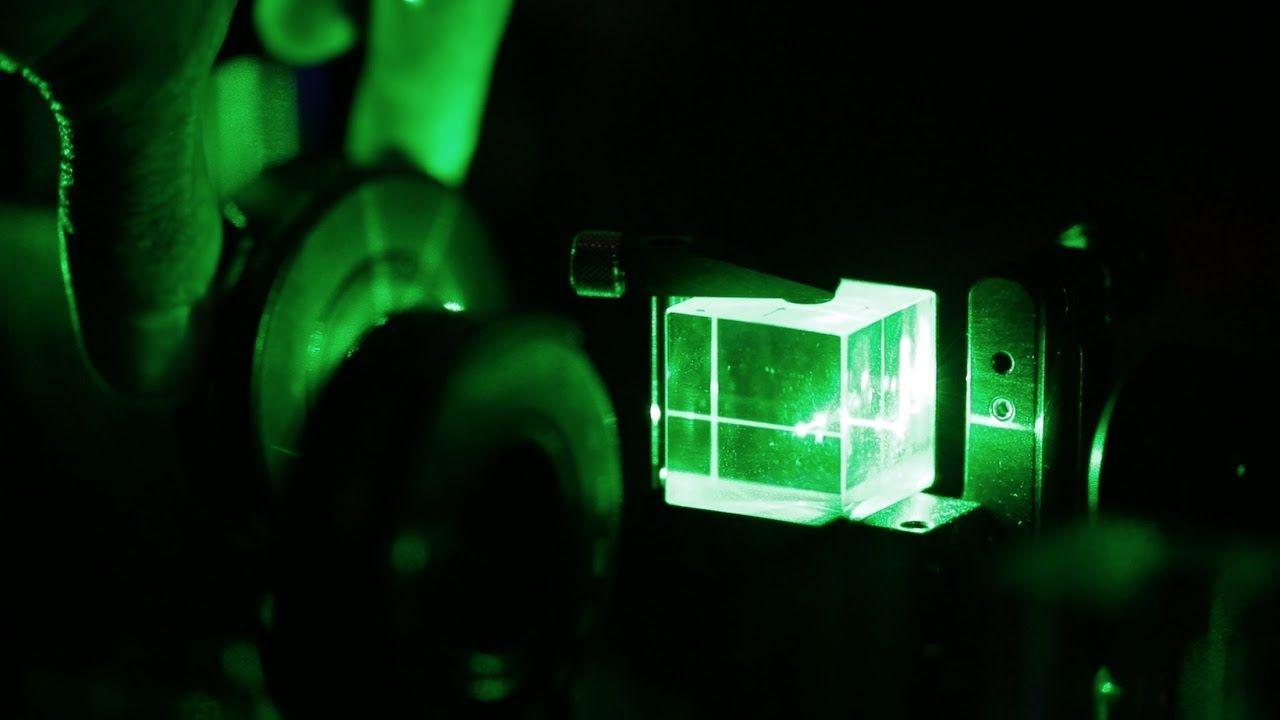Oct 27, 2016
Gravitational Waves May Permanently Alter Spacetime
Posted by Shane Hinshaw in category: physics
For decades, physicists searched in vain for evidence of gravitational waves, the stretches and squeezes in spacetime that were first predicted by Albert Einstein’s theory of general relativity a century ago. Even Einstein himself was uncertain that they existed. But then, in February and June of this year, scientists detected two events that produced gravitational waves.
Now that gravitational-wave detection is likely becoming a regular occurrence—we’ll probably find evidence of many more in the next few years—physicists are again pondering an obscure detail about gravitational waves that was once also thought virtually impossible to observe—gravitational-wave memory, which involves permanent changes in the distance between two objects.
“For so many years, people were simply concentrating on making that first detection of gravitational waves,” says Paul Lasky, and astrophysicist at Monash University in Australia. “Once that first detection happened, our minds have become focused on the vast potential of this new field.”
Continue reading “Gravitational Waves May Permanently Alter Spacetime” »

















